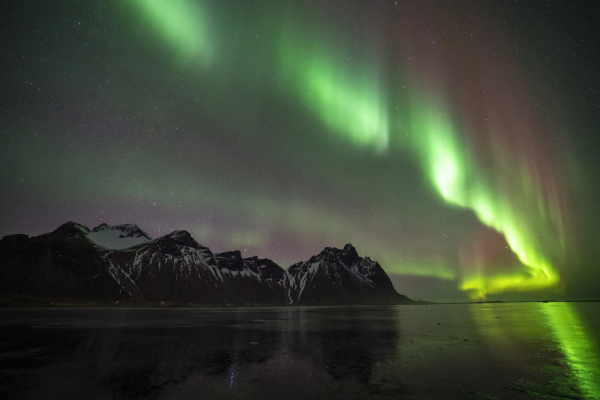On March 23, NASA intends to send two rockets more than 100 miles above Earth, each coordinated impeccably to punch through one of nature’s most uncommon things of beauty: Aurora Borealis, otherwise called the aurora borealis.
However we know a lot about light shows like these, for example, their trademark neon green glow and their overflow close to the shafts, there are as yet a couple of holes in our insight.
All the more explicitly, researchers aren’t actually certain the way that auroras cooperate with Earth’s regular environment, which is unequivocally the thing the office’s impending undertaking – – named the Ion-Neutral Coupling during Active Aurora mission, or INCAA – – plans to translate.
It’s the sun powered breeze cooperating with Earth’s attractive field that makes the green and blue presentations.
Charged particles from the Sun strike iotas in Earth’s environment and give them higher-energy state.
Whenever the iotas drop back to their lower energy state, light is delivered.
Researchers actually don’t completely comprehend auroras and their effect on the environment and this is the sort of thing NASA desires to sort out.
Earth’s environment has five significant layers.
We live in an unbiased layer called the lower atmosphere, which is brimming with the air we relax.
The further the layer from Earth, the more presented it is to the effect of the Sun and its sun based breezes.
Researchers don’t yet comprehend how auroras are treating our lower atmosphere.
NASA made sense of: “As inhabitants of the lower atmosphere, Earth’s most minimal climatic layer, we’re utilized to air made of unbiased particles.”
“The oxygen and nitrogen we inhale are attractively offset iotas and atoms with every one of their electrons represented.”
“However, many miles above us, our air starts to essentially change character.”
“Stimulated by the Sun’s unfiltered beams, electrons are pried from their iotas, which then take on a positive charge.”
“A once-impartial gas changes into an electrically receptive condition of issue known as plasma.”
Two rockets will be sent off from Poker Flat, Alaska to investigate this plasma layer.
They’ll float in space for a couple of moments and accumulate information prior to falling back to Earth.
One rocket will deliver a hued fume trail so researchers can see what auroras mean for the breeze.
The other rocket will quantify temperature and plasma density.
Disclaimer: The views, suggestions, and opinions expressed here are the sole responsibility of the experts. No Unique Analyst journalist was involved in the writing and production of this article.

